|
As the restaurant industry has embraced technologies to smooth out the ordering process, artificial intelligence has grabbed headlines, most recently in the form of a text-to-order tool from the software company HungerRush that promises not only faster ordering without the help of a restaurant app but also the near-elimination of order errors. The use of AI for ordering is in its early stages – existing applications focus more on its use in dynamic menus, inventory integration and consumer marketing – but it may represent where ordering is headed and what areas of improvement operators should focus on. As you analyze the data you collect from sales, how does your speed of processing orders now compare with what it looked like last month and last year? Are there common order errors that occur? Can you identify ways to minimize the amount of time your staff must spend processing orders while still ensuring they come out fast and error-free?
Automating and remotely monitoring problems and processes in your kitchen – whether it’s a malfunctioning appliance, a cooler door left open or equipment using too much energy – isn’t just about saving time and staff resources. This monitoring of different devices online, also known as the Internet of Things, has ripple effects across your business and allows you to make incremental, cost-saving improvements in indirect ways. Consider your use of cooking oil. If you received real-time updates about how much you’re using, you could be alerted of spikes that are damaging food quality and leading to poor reviews, identify equipment problems early before they become larger expenses, and fine-tune your inventory management so you’re only ordering (and paying for) the amount of oil you need when you need it. As we emerge from the pandemic, your ability to harness technology will enable your business to flex with challenges down the line. Where are the biggest inefficiencies in your kitchen?
Savvy restaurant operators are thinking locally with the technology they are implementing, tapping into tech tools to attract customers who happen to be nearby with promotions that appeal to them in the moment. Watch for more tech businesses to piggyback on the push for local marketing. Case in point: Operators that have partnered with Uber Eats could now get an extra boost from a new partnership with the navigation app Waze. Nation’s Restaurant News reports that Uber-Eats-branded pins will appear on Waze in 20 cities. A user can click on the pin to save the restaurant for later and then get an alert at 5 p.m. to remind them of the restaurant they wanted to try.
A whopping 91 percent of restaurants plan to invest in kitchen automation technology this year, according to a new survey data from the payments company Square. To be fair, Square is among the players providing back-of-house tech tools in restaurants and retailers, but their research still provides some helpful clues about where back-of-house tech is heading in the near term – and it’s not so much about robotic chefs and servers. The key theme restaurants are focusing on is adopting an efficient hub-and-spoke model where the kitchen is at the center and can seamlessly manage customer orders coming from a growing list of sources, including the curb, the drive-through, the dining room and beyond. This tech can also enhance flexibility by enabling a restaurant to integrate a new channel where needed – or scale back on another.
At a time when operators may feel removed from the customers they serve, technology is what can create the personal experiences that help customers feel appreciated (and instill loyalty). According to Technomic’s 2020 Foodservice Technology Consumer Trend Report, 36 percent of consumers say they expect a restaurant app to be able to save their payment information and 39 percent expect the app to save their previous orders and present their preferred menu items. While it makes for a speedy, smooth ordering and checkout process, it’s not only helpful to consumers; it also feeds your knowledge about your customer and lets you know what they like and when they like it – so when you’re marketing to them, you have a clear sense of exactly what will entice them to return and when.
When you trace the path of a customer order, how many potential directions could it take? How many different devices or people might it pass through? When restaurants are having to manage orders coming from their app, their website, a third-party delivery provider, their drive-thru or even from customers walking up to the store or calling in, they have many dangling threads to sort out. As this Restaurant Business report advises, your tech should integrate those threads seamlessly with a minimum of devices and steps – not just to help you stay on top of what orders are reaching you and when, but also to enable you to more flexibly adapt to new business conditions as they arise down the line.
Preparing food in restaurants has become a juggling act this year – with people behind the scenes regularly throwing new balls into the air. According to a Datassential report, 92 percent of restaurant traffic is now off-premise. Drive-thru orders represent the largest growth category, followed by 23 percent order-ahead, 21 percent delivery and 18 percent to-go. A seemingly quiet kitchen could actually be as busy as a restaurant with a line of customers out the front door. This year, more restaurants will be adopting tools that allow them to monitor the various ways in which orders are coming to them – and adapt more easily to their ebb and flow. A new report on restaurant technology trends to watch in 2021 says smart scheduling and booking technology, as well as automated kitchen operations technology, can help ensure food is ready when customers want it.
You know that technology can help you better identify countless areas of inefficiency in your restaurant – but where is the best place to start with it? Using tech to get a precise handle on your prime costs could be it. These expenses represent such a high percentage of your sales – about 61 percent, according to BDO’s “The Counter: Restaurant Industry Scorecard” from 2019. A new eBook from the financial software company Sage Intacct, “Best Practices for Data Driven Restaurants,” says operators should be able to view their cost of goods sold on their dashboard and drill down on specific parts of their inventory and menu categories. This can help them flag potential costs to renegotiate or problem areas to investigate, like an item that is costing too high compared to budget, an ingredient that isn’t being measured accurately, or a menu item that isn’t priced profitably. The eBook also advises the automation of invoice processing – not only to cut back on time-consuming tasks where errors are likely to occur, but also to get real-time insights into food costs.
When various processes and tasks across your business must be done by hand, they are easier to put off until later – and that makes any lurking problems less visible, makes your results less accurate, and lets waste creep into your operation. Looking across your business, what tasks tend to fall behind schedule? Which ones are a slog to get through? If you put in some time up front, chances are you will be able to harness technology to monitor those tasks – or even complete them outright. This will not only free up time, but it will also ensure you have the kind of real-time business information at your fingertips that will allow you to make waste-minimizing decisions in the moment.
It’s never been more important for restaurant operators and employees to understand – in real time – how their business is functioning. Nowadays, there is technology available to monitor everything from an incremental change in the price of a key ingredient to the identity of a customer approaching your restaurant. But old-fashioned communication between company leaders and the managers and front-line employees interacting with customers may get lost in the shuffle – and that’s a problem at a time when safety procedures and employee policies are evolving so regularly. According to a new survey of 100 senior restaurant leaders, direct communication (as opposed to company-wide updates) goes a longer way in connecting with employees in a more personal way, showing respect, imparting company values and relaying the up-to-date information employees need to do their jobs well. As you consider new tech tools to adopt this year, prioritize those that can help boost direct peer-to-peer and cross-location communication, as well as the effective sharing of best practices.
|
Subscribe to our newsletterArchives
July 2024
Categories
All
|

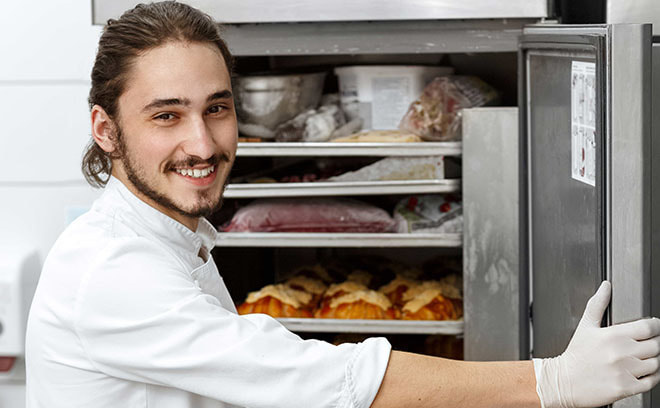
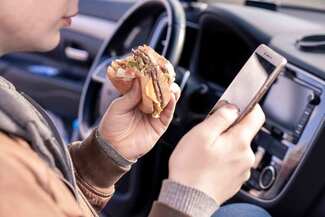
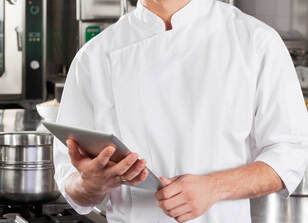
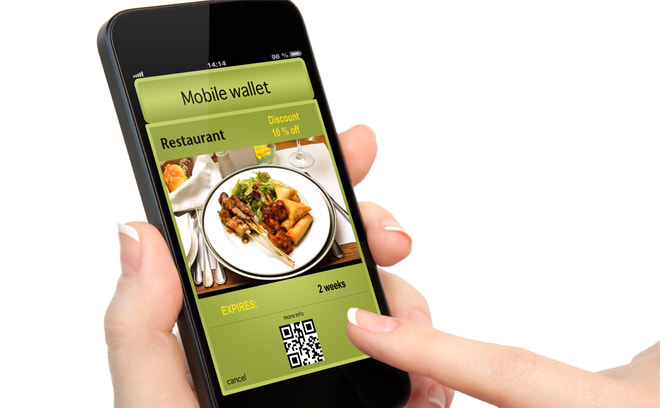
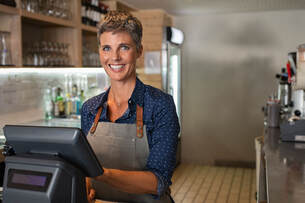
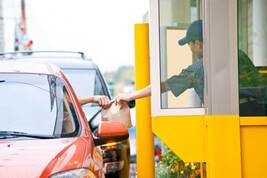

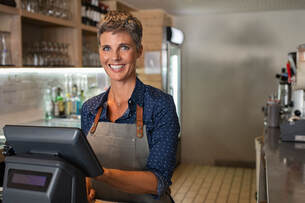
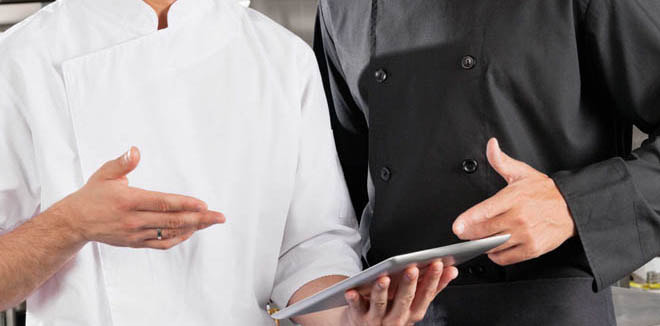


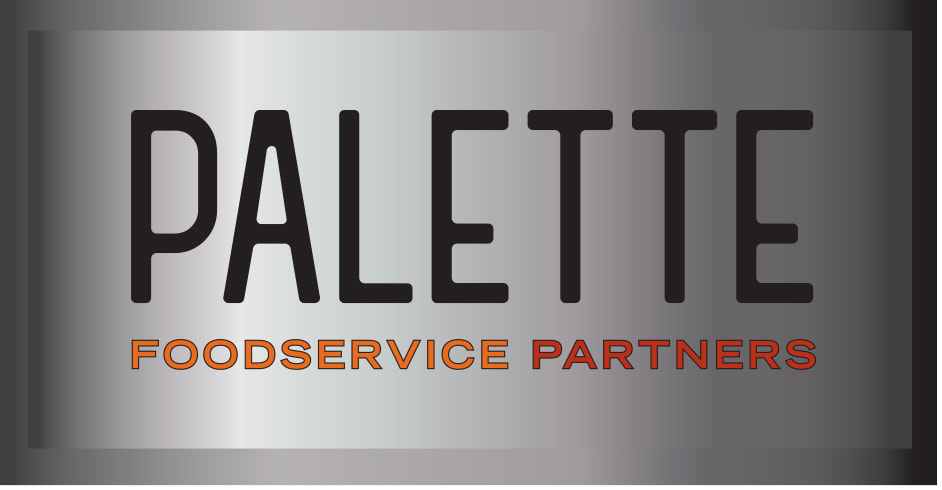
 RSS Feed
RSS Feed